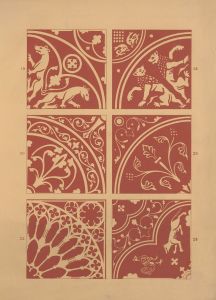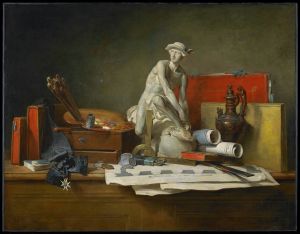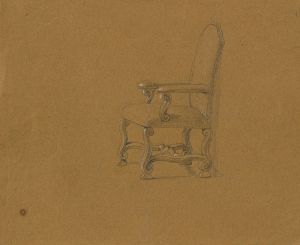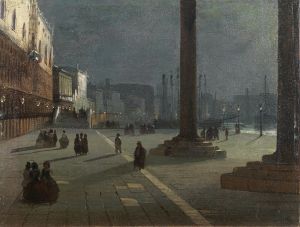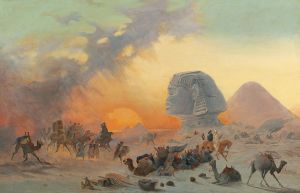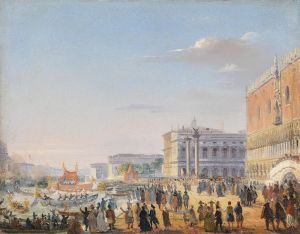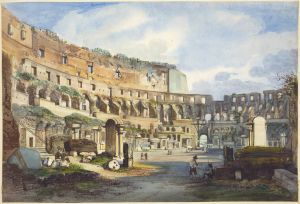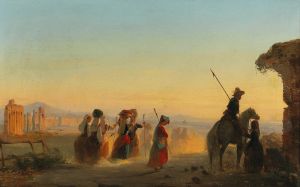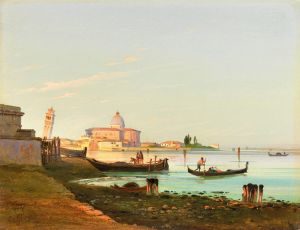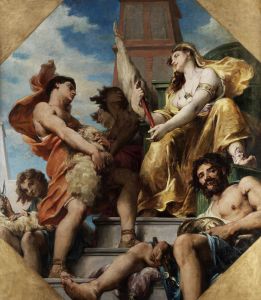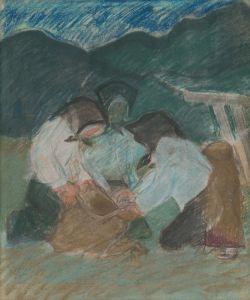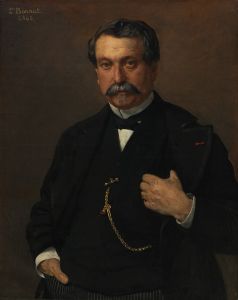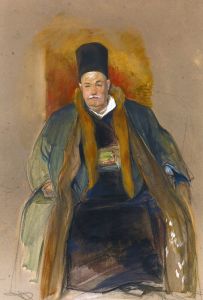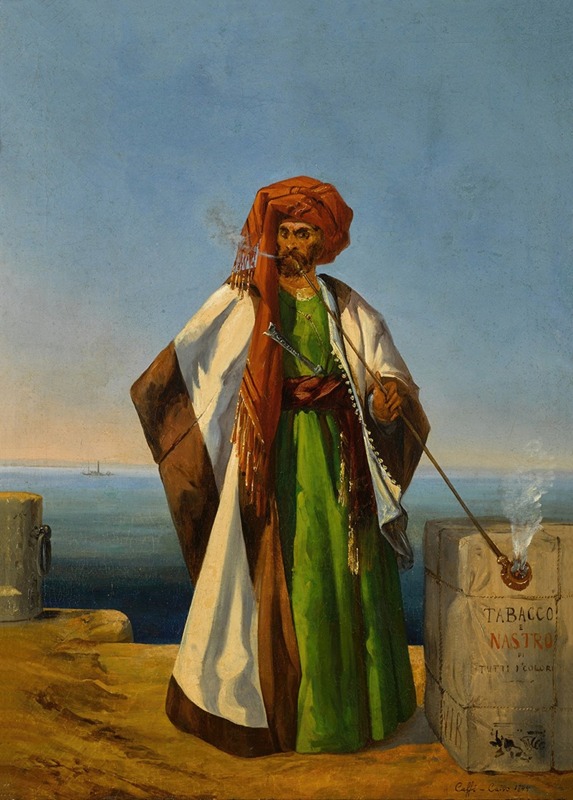
The Tobacco Merchant
A hand-painted replica of Ippolito Caffi’s masterpiece The Tobacco Merchant, meticulously crafted by professional artists to capture the true essence of the original. Each piece is created with museum-quality canvas and rare mineral pigments, carefully painted by experienced artists with delicate brushstrokes and rich, layered colors to perfectly recreate the texture of the original artwork. Unlike machine-printed reproductions, this hand-painted version brings the painting to life, infused with the artist’s emotions and skill in every stroke. Whether for personal collection or home decoration, it instantly elevates the artistic atmosphere of any space.
Ippolito Caffi was an Italian painter known for his vivid and atmospheric depictions of urban landscapes and architectural scenes. Born in Belluno, Italy, in 1809, Caffi developed a keen interest in capturing the essence of city life and the interplay of light and shadow in his works. He studied at the Academy of Fine Arts in Venice, where he honed his skills in perspective and architectural drawing, which became defining features of his artistic style.
One of Caffi's notable works is "The Tobacco Merchant," a painting that exemplifies his ability to capture the vibrancy and dynamism of 19th-century urban life. While specific details about this particular painting are not extensively documented, it is consistent with Caffi's broader body of work, which often focused on bustling city scenes and the daily activities of their inhabitants.
Caffi's paintings are characterized by their meticulous attention to detail and the use of light to create a sense of atmosphere. He was particularly adept at rendering the effects of different times of day and weather conditions, which brought a sense of realism and immediacy to his scenes. This skill is evident in "The Tobacco Merchant," where Caffi likely employed his mastery of light to highlight the interactions and transactions typical of a commercial setting.
Throughout his career, Caffi traveled extensively, capturing scenes from various cities across Italy and beyond. His travels took him to places like Rome, Naples, and even as far as Istanbul and Cairo, where he continued to explore urban themes and the cultural nuances of different locales. This exposure to diverse environments enriched his artistic perspective and allowed him to incorporate a wide range of architectural styles and urban atmospheres into his work.
Caffi's paintings were well-received during his lifetime, and he exhibited in several prestigious venues, including the Brera Academy in Milan and the Paris Salon. His works were appreciated for their technical precision and the way they conveyed the liveliness of urban environments. Despite the challenges of his time, including political upheavals and personal hardships, Caffi remained dedicated to his craft, producing a significant body of work that continues to be celebrated for its contribution to 19th-century Italian art.
Tragically, Ippolito Caffi's life was cut short when he died in 1866 during the Battle of Lissa, a naval engagement in the Third Italian War of Independence. His legacy, however, endures through his paintings, which offer a window into the urban life of his era and showcase his remarkable ability to capture the spirit of the cities he depicted.
While specific information about "The Tobacco Merchant" is limited, it stands as a testament to Caffi's skill in portraying the vibrancy of urban commerce and the everyday interactions that define city life. His work remains an important part of the 19th-century Italian art canon, admired for its technical excellence and evocative portrayal of the world around him.





